Other Information
We are deeply committed to ensuring that the Parish of Zennor remains the beautiful, unspoilt area in which to live and visit. Any future threats to this current status will be updated here. You can contact us at [email protected]
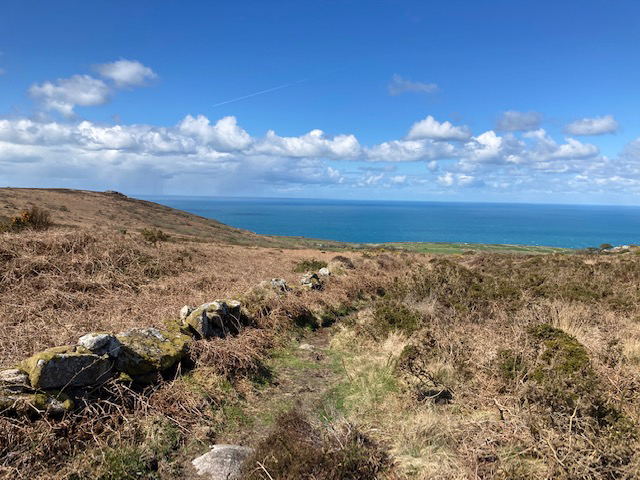
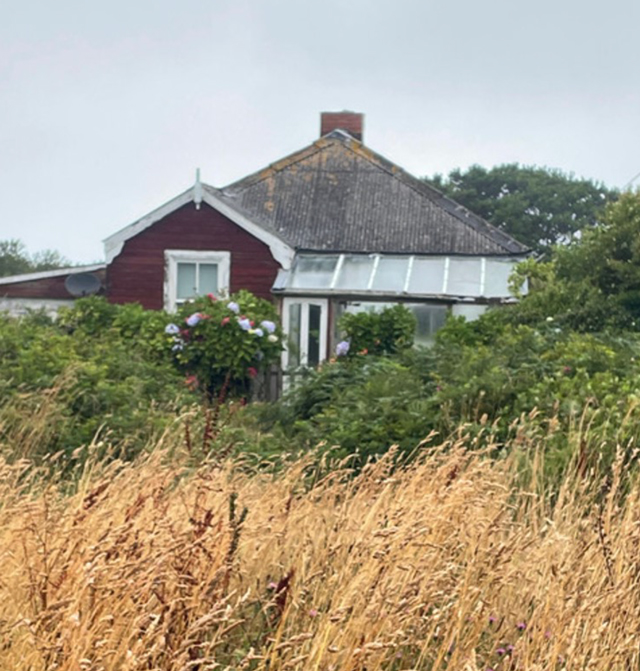
Red Bungalow, Poniou
A planning application for the Red Bungalow at Poniou, near Boswednack, has been submitted to Cornwall Council Planning Department:
Planning application PA22/07035 | Demolition of existing non-standard timber-frame two-bedroom dwelling and replacement within the existing residential curtilage with a self-build sustainable two-bedroom dwelling and artist’s home office/studio | Red Bungalow, Wheal Poniou, Zennor, St Ives Cornwall TR26 3DB.
The development, which could be described as ‘new build’, is effectively for two buildings and could become two dwellings at some time in the future. We hear that the immediate neighbours are objecting to the proposal.
Although the deadline has passed, we understand that letters may still be accepted by Cornwall Council until the decision date. The Parish Council have been given an extension and will consider the proposed plans at their next meeting at 7:30pm on 26th September, which members of the public are welcome to attend.
Zennor Protect has submitted the following letter of objection which can be viewed on the CC Planning Portal planning.cornwall.gov.uk along with 40 other comments from the public.
Zennor Protect objects to this proposed development for the following reasons:
Kit houses like the landmark Red Bungalow at Poniou are now a rarity and there is a case for it’s restoration rather than demolition. It is not clear whether this has been considered by the applicants and whether demolition is necessary.
Despite the applicant’s Planning Statement, the proposed replacement building is very much larger in terms of footprint and massing and is not comparable in size to the existing. This goes against Zennor Parish Planning Guidance which states replacement buildings should be ‘similar in size in terms of footprint and massing’ and should resist attempts to turn a ‘cottage into a castle’, which the almost doubling in size of this proposal seems to do. This is reinforced with similar guidance given in Policy 7 of the Cornwall Local Plan.
The design is not sympathetic to the ancient vernacular buildings in the area. Examples given of the latter do not acknowledge that these are an integral part of a farmstead and do not stand alone as this proposed development will. The overall impression is of a modern agricultural barn, whilst the detail evokes a suburban feel, quite out of character in this unique landscape.
The height and location of the proposed building will make it highly visible in the landscape, not only from nearby properties but also from the B3306 St Ives to St Just road – classed as one of the most scenic drives in Britain. It will dominate the ancient church path that runs in front and also the path to the coast which runs along its west side, to the detriment of an amenity much used by locals and by visitors.
In short, the unique character of the Red Bungalow has not been respected and the scale and design of the proposed development is not in keeping with the character of its surroundings, and does nothing to enhance our local landscape.
Penwith Moors: consideration of land for designation as a Site of Special Scientific Interest (SSSI)
Natural England is considering the designation of land in Penwith Moors as a Site of Special Scientific Interest (SSSI) under the Wildlife and Countryside Act. Their remit is to ensure that the natural environment is conserved, enhanced and managed for the benefit of present and future generations, aims which correlate with those of Zennor Protect and which Zennor Protect fully supports.
Natural England are planning to begin the legal process of designation (‘notification’) in the coming autumn, subject to confirmation by the N E Executive. Once the legal notification has taken place on October 22nd, everyone will have the opportunity during a 4-month consultation period to submit written representations to Natural England. These can be on any aspect of the SSSI designation, in support of or to object to the SSSI designation.
We hope you will take the time to read the proposal below and make your views known at the appropriate time.
Penwith Moors Site of Special Scientific Interest (SSSI)
SSSIs represent Great Britain’s best places for wildlife and geology. They are important for supporting plants and animals that find it difficult to survive elsewhere in the countryside. SSSIs are designated to protect the land from damaging activities and to promote the right sort of management, both now and in the future.
Natural England is considering the designation of Penwith Moors in west Cornwall as a Site of Special Scientific Interest (SSSI). It would be made up of 59 parcels of land, some 3,152 ha in size, stretching from Nanquidno (near St Just) in the west to Trencrom (near Carbis Bay) in the east.
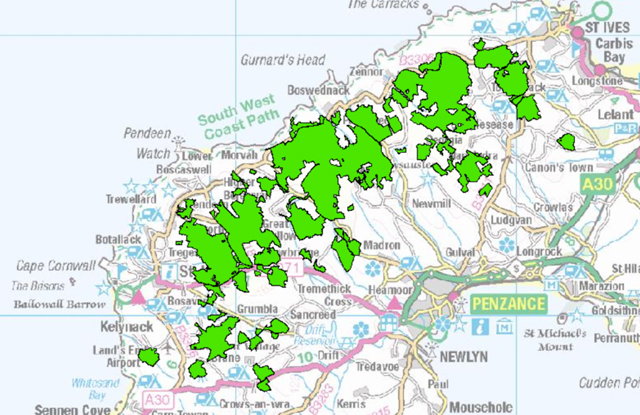
Penwith Moors is being considered for SSSI designation for several wildlife features, both habitats and species, which are all rare or in decline in Great Britain and are considered to be of national importance. They are (in no particular order):
Heathland: a semi-natural habitat characterised by dwarf-shrubs such as heather, bell heather and western gorse.
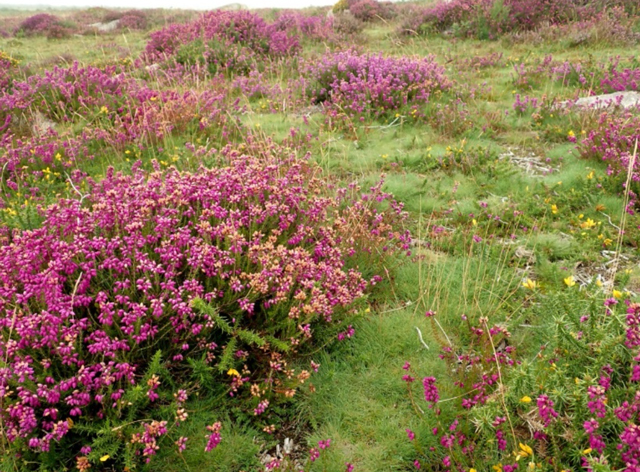
Fens, including habitats often referred to as ‘valley mires’: wetland habitats characterised by plants such as bog-mosses, rushes, purple moor-grass, cotton-grass, bog asphodel and including some areas of willow woodland.
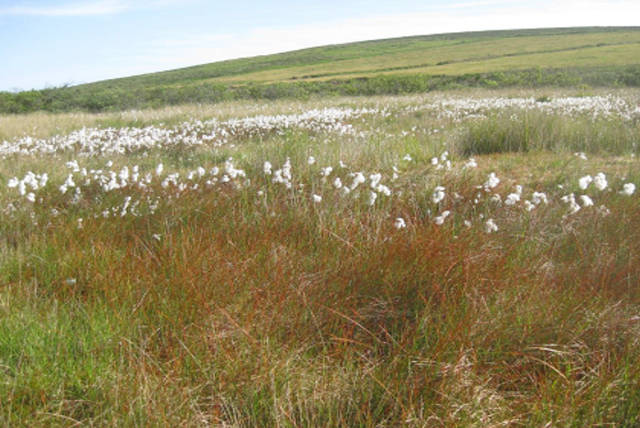
Acid grassland: unimproved grassland characterised by fine-leaved grasses and plants such as tormentil, heath bedstraw and sheep’s sorrel.
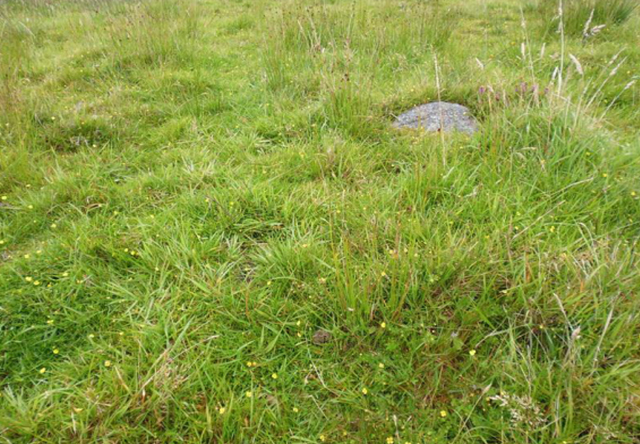
Populations of the following rare and declining plants: coral-necklace, pale dog-violet, pillwort, Cornish moneywort
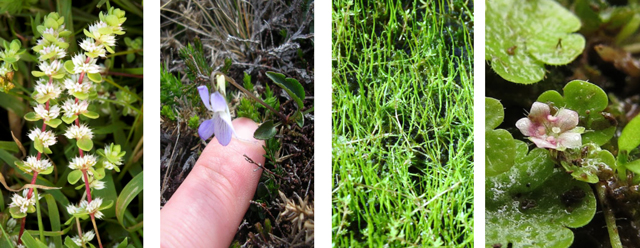
Assemblage of rare and declining species of lichens which grow on outcrops of granite rock.

Assemblage of invertebrates (insects, spiders, etc) associated with moorland habitats.
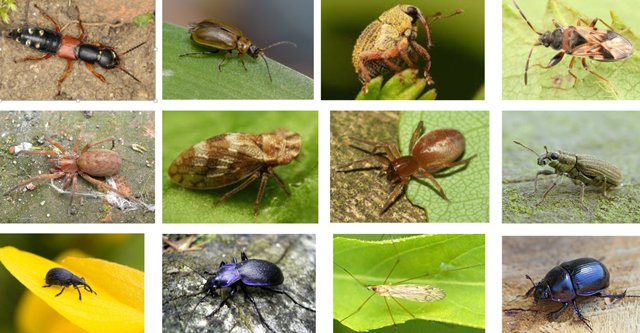
A population of breeding Dartford warbler.
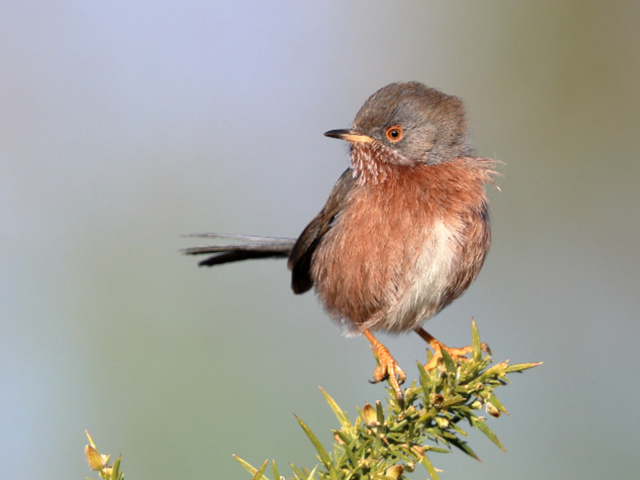
Natural England seeks to build partnerships to work together with local farmers, landowners and other local communities. SSSIs are priority sites for conservation effort and funding, which can help farmers and other land managers access grants to manage the land for nature, such as the Government’s anticipated Environmental Land Management scheme (ELMs). SSSIs can also act as ‘core areas’ from which nature can spread as part of nature recovery networks.
SSSIs are legally designated under section 28 of the Wildlife & Countryside Act 1981 (amended by the Countryside & Rights of Way Act 2000). More information can be found here: Sites of special scientific interest: managing your land – GOV.UK (www.gov.uk)
Natural England has a legal duty to designate any area of land as SSSI which in their opinion is “of special interest by reason of any of its flora, fauna, or geological or physiographical features”
Private landowners & land managers require Natural England’s ‘consent’ (a written permission) to undertake most land management activities within designated SSSIs.
Public bodies have a general duty: “to further the conservation and enhancement of the flora (and) fauna” of SSSIs. More information can be found here: https://www.gov.uk/guidance/sites-of-special-scientific-interest-public-body-responsibilities
For further information and advice you can email us at:
Or write to us at:
Natural England
Polwhele
Truro
Cornwall
TR4 9AD
